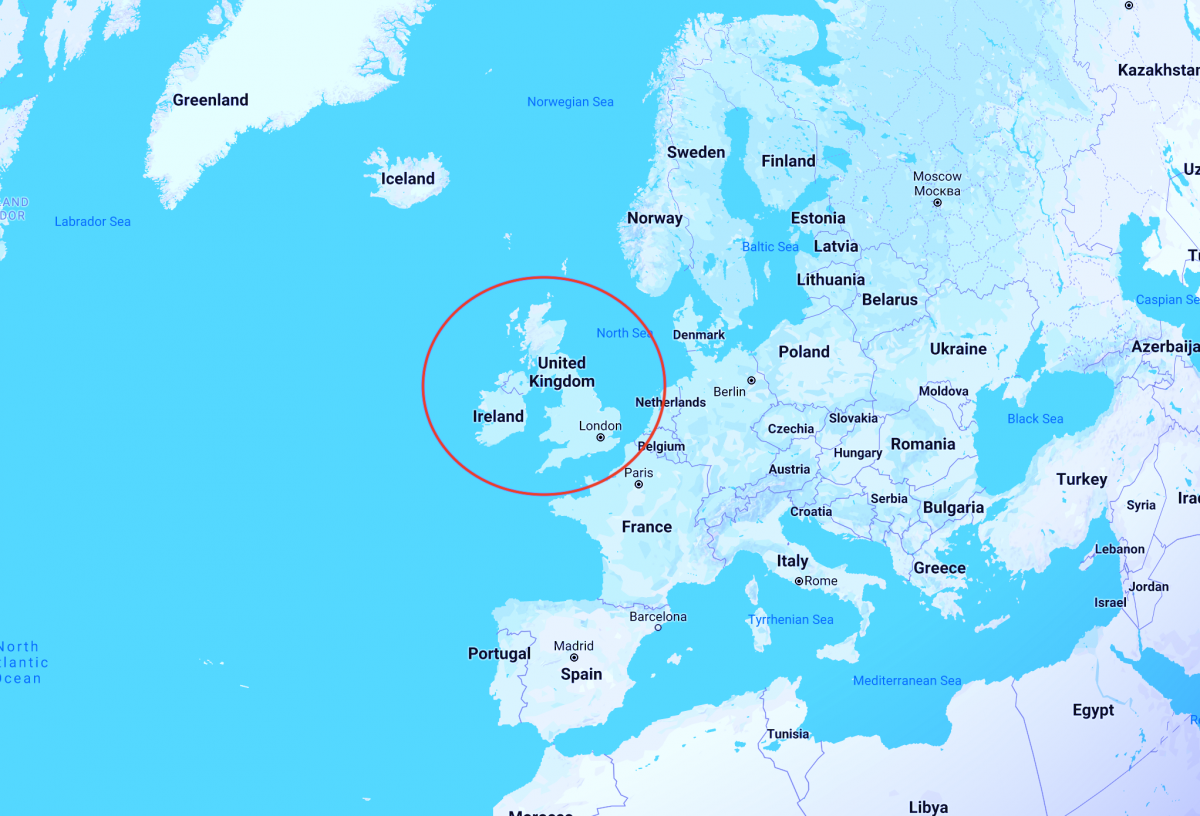Where You Live May Affect Your Drinking Habits – England Tops the List of UK’s Regular Drinkers
Packed with a plethora of information about mainland U.K. drinking habits, the May 2018 report by the ONS (Office for National Statistics) provides plenty of insight into drinking trends around the country. Some of them may fit stereotypes, while others may be a surprise.
In this report, drinking habits were divided into many categories, and one interesting conclusion from the ONS’s research is that a person’s main residential location/where you live may influence their drinking habits, and England tops the numbers with the largest percentage of regular drinkers. This goes against the well-known stereotype that the Scottish drink far more than their English neighbours.
Daily Drinking
Across the three regions of mainland U.K., England has the highest proportion of at-least-weekly adult alcohol drinkers, 57.8%, while Scotland trails behind with 53.5% of the adult population, and Wales falls at 50%. These results were based on asking the survey-taker if they have had an alcoholic drink within the past seven days.
Looking at England specifically, weekly drinking is most popular in Yorkshire and The Humber, the South East and the South West territories. In these areas, over 61% of people admit to drinking at least once in the past seven days during the survey.
The English areas with the lowest percentage of weekly drinkers are the North East, West Midlands and London, with around 55% of the population.
Binge Drinking
The statistics take a reversal when it comes to binge drinking. Scotland leads the binge-drinking statistics, with over 37% consuming an excessive amount of alcohol on their heaviest drinking day. England, on the other hand, has the lowest rate, approximately 26%. Wales comes in the middle, with binge-drinking common to about 30% of the population.
Of all the English regions, the North West, Yorkshire and Humber, and London have the largest amount of binge drinkers, with the North West leading at 33.3% of the population. Regions with the lowest number of binge drinkers are the South East, East of England and West Midlands. South East has the least number of binge drinkers with 18.6% of local residents.
One is considered to be “binge drinking”, at least by this ONS survey, if they consume at least eight units of alcohol as a man, or six units as a woman.

Regular Drinkers vs. Binge Drinkers
Considering both regular and binge drinking numbers reveals an interesting fact about the areas. Yorkshire and the Humber is found in the top three in both categories of most regular drinkers and most binge drinkers.
Meanwhile, the West Midlands ranks in the top three of the least number of both regular and binge drinkers.
When asked about why some people choose to drink daily versus binge on alcohol, By therapist Chris Burn, a therapist at Castle Craig Hospital said:
“It is just my opinion but I think that regular drinkers may be in denial and like to think that they can control their intake and therefore don’t have a problem; binge drinkers on the other hand are fighting a battle with a problem they recognise, they therefore abstain but the emotional pressure and/or the physical craving builds up until they crack.”
Racial Differences and Regional Drinking Trends
The ONS report speculates that drinking habits may be influenced by cultural and racial differences within the different English regions.
When sorting the survey results by race, about 61% of white or caucasian people reported having a drink within the past week, while only 30.5% of all other races can say the same. In addition, caucasians also have the lowest number of teetotallers: only 15.8%. Other ethnicities’ teetotaller average is at 50.6%.
This factor explains why the number of alcohol-abstinent adults is the highest in London. It is one of the most diverse areas of England.
Alcohol and Hospital Admissions
A separate report from the NHS totalled the number of alcohol-related hospital admissions and alcohol-related deaths in England specifically.
The following statistics are based on the narrow measure, which counts only admissions with alcohol being the main reason; this improves the accuracy of the alcohol and hospital admission relationship.
Ranking by cities or boroughs, Blackpool, which is located in the North West of England, had the highest number of alcohol-related hospital admissions, with 1,150 people per 100,000. Redbridge, a borough in Greater London, has the lowest number of 390 per 100,000.
Hospital admissions related to alcohol are down by one percent from 2015/2016 but are 17% higher when compared to numbers from 2006/2007.
The likelihood of admission seems to be more likely as one gets older. When ranked by age group, people 45-64 years old make up 39% of all alcohol-related admissions. The number decreases for the age groups above.
In addition, gender appears to have an influence too. Nearly two-thirds (62%) of all alcohol-related hospital admissions are male.
Rising Deaths Due to Alcohol
The rising English drinking problem can also be measured by the number of deaths due to alcohol. According to the previously mentioned NHS report, the number has increased by 4% from 2015, and by 11% from 2006.
People aged 50 to 59 years old make up the majority (57%) of the alcohol-related deaths. And once again, nearly two-thirds of this number (67%) are male.
Alcoholic liver disease is the main cause (82%) of the deaths. This number may be higher, however, as there is an additional category with deaths due to unspecified liver damage, which may or may not be attributable to alcohol. Mental or behavioural issues due to alcohol are the second most common reason for alcohol-related deaths.
The North West and North East regions have the highest death rate, while London, South East and East of England have the lowest.

Comparing International Drinking Trends
When looking at alcohol consumption across the world, the UK ranks roughly in the middle, with the consumption level of about 9.5 litres per capita (of adults 15+). The Republic of Ireland comes in at about 11 litres per capita.
The biggest drinkers live in Lithuania, Belgium and Austria. Lithuania outranks all other countries by a long shot, with about 15 litres per capita. Belgium comes in second place at 12.5 litres per capita.
Drinking numbers are the lowest in Indonesia, Turkey and Israel.
Under-Age Drinking by Location
Current drinking behaviour among adults can also influence the next generation. Underage drinking (among 15-year-olds) throughout England is most common in the Barnsley District (part of Yorkshire and the Humber, which ranked highest in the number of regular and binge drinkers), where over 77% of 15-year-olds have tried alcohol at least once . Tower Hamlets, part of London, had only 14.6% of the underage population exposed to alcohol.
Drinking on the Decline
Now for the good news. Of all the people surveyed throughout Great Britain, 57% say that they drink alcohol. This figure has not had much fluctuation throughout the recent years, but has shown a slight decrease overall since 2005, when about 64% of those surveyed said that they drink.
The number of people who drink five-days-a-week or more is currently at 9.6% and has also been on the decline since 2005.
For more help and information regarding Alcohol Addiction, you can contact us or request a call-back from a therapist.
Castle Craig is one of the most established and respected addiction rehab centres in the UK. Castle Craig provides consulting psychiatrists who diagnose associated mental illnesses like anxiety states, depression, ADD, PTSD, eating disorders, compulsive gambling, and compulsive relationships. For information, call our 24 hour free confidential phone-line: 01721 546 263. From outside the UK please call: +44 808 271 7500 (normal charges apply).
